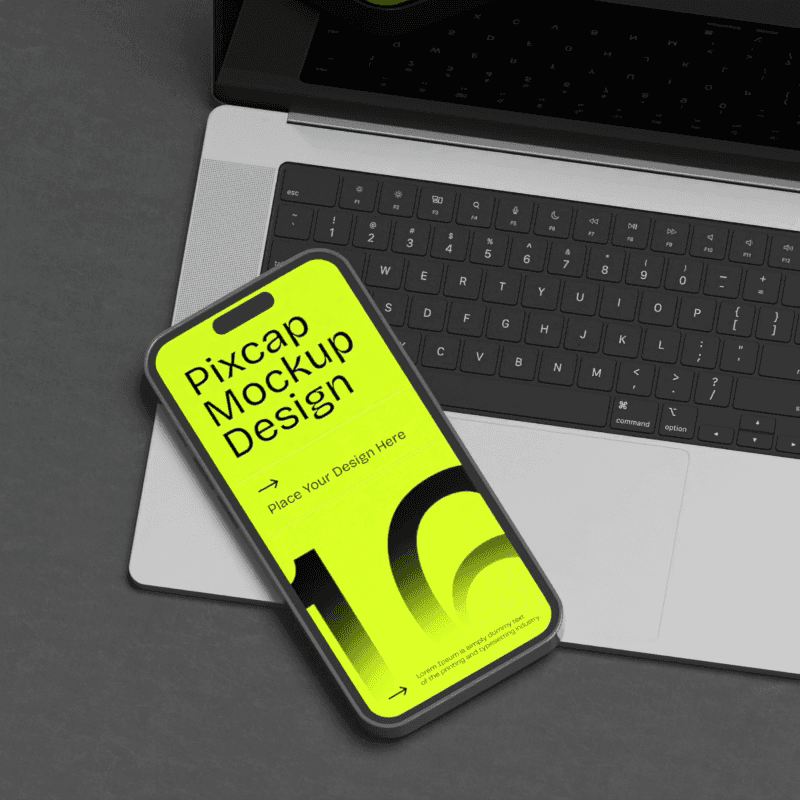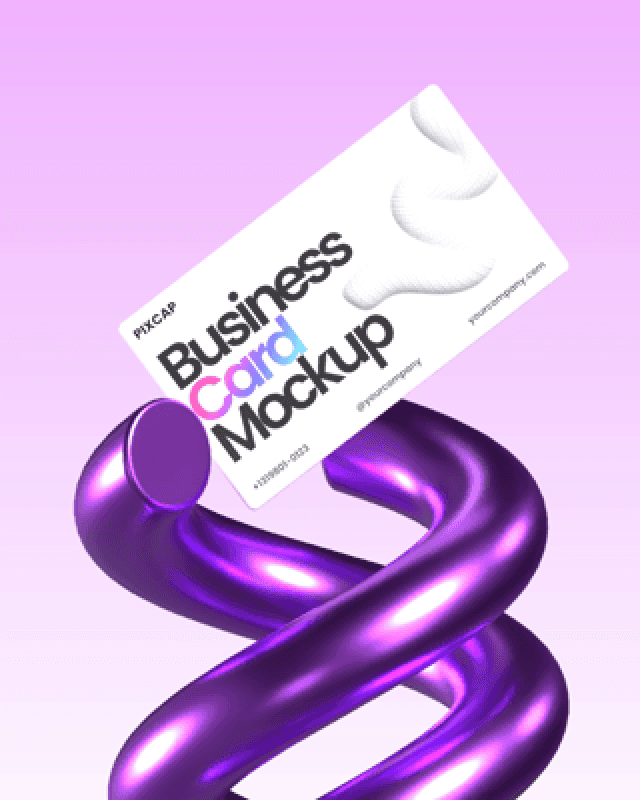In the realm of creative work, understanding the foundational elements of design is crucial. These elements are the building blocks used by designers to create aesthetically pleasing and functional works across various mediums, including graphic design, web design, interior design, and more.
This comprehensive guide will delve into the essential elements of design, offering insights and practical advice to both budding and experienced designers.
By the end of this article, you will have a deeper appreciation of these fundamental components and how they interact to create compelling designs.
Origin of Elements of Design
The elements of design were not created by a single individual but emerged from ancient art and architecture principles. Over centuries, artists and scholars refined these concepts, with significant contributions during the Renaissance.
Figures like Leonardo da Vinci emphasized harmony and proportion, influencing modern understanding. The Bauhaus movement in the 20th century further systematized these elements, integrating them into contemporary design education. Today, they remain fundamental to designers and artists worldwide.
Understanding the Elements of Design
The elements of design are fundamental components used to create visual compositions, including line, shape, color, texture, space, form, and value.
These elements serve as the building blocks for all types of design work, from graphic design to interior decorating.
Mastery of these elements allows designers to communicate effectively, influence emotions, and achieve aesthetic harmony in their creations.
1. Line: The Starting Point of Design
The line is often considered the most basic element of design. It connects two points and can be used to define shapes, create textures, and convey movement.
Examples of lines include the bold outlines of a logo, the delicate strokes in a pen sketch, or the sleek, straight edges of a modern building. Lines can be thick or thin, straight lines or curved lines, continuous or broken.
They serve as the foundation for almost all forms of design work, acting as the starting point from which other elements emerge. In graphic design, lines are used to separate content, direct the viewer's eye, and create a sense of harmony.
For instance, the use of horizontal lines in a website can guide the user's attention across the page, while vertical lines in an office space can enhance the perception of height and spaciousness.
In architecture and interior design, lines help define spaces and create perspective, adding depth and dimension to both physical and digital spaces.
2. Shape: Defining Space and Meaning
Shapes are created when lines connect to form a closed outline, distinguishing between geometric (such as squares, circles, and triangles) and organic shapes (with irregular outlines mimicking forms found in nature).
Geometric shapes, defined by their precise edges and uniformity, evoke order and stability, ideal for conveying structure in design. In contrast, organic shapes are less uniform, embodying fluidity and natural forms, suggesting dynamism and spontaneity.
This dichotomy enables designers to convey different emotions and messages: geometric shapes for clarity and reliability, and organic shapes for creativity and approachability. Utilizing these shapes, designers can craft icons, organize information, and develop patterns effectively.
The strategic choice between geometric and organic shapes allows for nuanced communication in design, tailoring visual narratives to desired emotional responses and concepts.
3. Color: Evoking Emotion and Action
Color is perhaps the most emotive element of design. It can attract attention, influence mood, and even trigger physiological responses. Colors can be warm or cool, vibrant or subdued, and are often used to represent different emotions or concepts.
Designers must understand color theory, which explores the relationships between colors and how they interact when combined, and how to apply this knowledge in creating effective color palettes that enhance visual harmony and convey the intended message of their design.
This knowledge enables them to use color effectively in branding, marketing materials, and user interfaces to evoke the desired response from the audience.
4. Texture: Adding Depth and Interest
Texture refers to the surface quality of a design. It can be visual (implied texture created through graphic techniques) or physical (the actual surface feel of materials), often described as visual texture and tactile texture, respectively.
Visual texture adds depth without altering the surface, while tactile texture invites physical interaction. Textures can add depth and interest, making designs more engaging and tactile.
In web and graphic design, textures are used to create a sense of realism and add weight to flat visuals. In interior design, physical textures—from smooth and glossy to rough and matte—impact the room's mood and comfort level.
Explore Pixcap's Material Library to add different textures, materials, and patterns to your design elements in less than 2 minutes!
Thus, the thoughtful application of both visual and tactile textures plays a crucial role in enhancing the aesthetic and functional appeal of any design project.
5. Space: The Canvas of Design
Space, or negative space, is the area around and between the elements of a design. It helps to define the boundaries of positive space (where elements are placed) and can be used to create a sense of balance and structure.
Positive space, conversely, is filled with the design's actual elements, such as text, images, and shapes, working in harmony with negative space to create an effective composition.
Effective use of space is crucial in all design disciplines; it can make a design feel open and airy or cozy and intimate.
In graphic design, white space (a form of negative space) is strategically used to improve readability and highlight important information. Additionally, in both digital and physical design, white space is essential for creating breathing room and focus, allowing the viewer's eye to rest and navigate the design with ease.
6. Form: Bringing Dimension to Design
Form is related to shape but in three dimensions. It is the structure or physical shape of objects. In product design, the form must follow function, meaning the design of an object should reflect its intended use.
Forms can be geometric or organic, and their three-dimensionality can be created visually through the use of light and shadow.
In interior design, form is essential in determining the functionality and aesthetics of a space.
7. Value: The Lightness or Darkness
Value refers to the lightness or darkness of colors. It is crucial for creating depth, contrast, and emphasis in design.
By adjusting the value of different elements, designers can create a sense of depth or make certain aspects of their design stand out.
In painting and photography, value is used to create a sense of realism and volume, adding a layer of complexity to two-dimensional works.
8. Balance: Creating Visual Harmony
Balance is the distribution of visual weight in a design. It can be symmetrical, asymmetrical, or radial, and helps to create a sense of stability and harmony.
Symmetrical balance is often seen as more traditional and stable, while asymmetrical balance can add interest and dynamism to a design. Conversely, positive space, actively filled with elements, works in tandem with negative space to achieve this balance, enhancing the overall composition.
Understanding how to balance different elements effectively is key to creating designs that are visually appealing and engaging.
9. Contrast: Highlighting Differences
Contrast is the use of opposing elements, such as light vs. dark colors, smooth vs. rough textures, or large vs. small shapes, to highlight differences and create visual interest. It is a powerful tool for drawing the viewer's attention to specific parts of a design.
Additionally, the strategic use of contrast can enhance the overall aesthetics of a project, making it not only functional but also visually compelling.
In web design, contrast is crucial for making content readable and guiding users through a site's navigation.
10. Unity: The Cohesion of Elements
Unity is the cohesive quality that makes a design feel complete and harmonious. It is achieved when all the elements of design work together seamlessly, creating a consistent and coherent whole.
Unity ensures that a design is understood in its entirety, rather than as a collection of disparate parts. This element is especially crucial in branding and multimedia campaigns, where consistency across various media and platforms is essential for recognition and effectiveness.
11. Hierarchy: Organizing for Impact
Hierarchy is a way of organizing elements in a design to signify their importance. It guides the viewer’s eye to the most critical information first and then to less important elements in a logical sequence.
Hierarchy can be achieved through scale, color, typography, spatial relationships, and other design elements. In web design, for example, hierarchy helps create a clear navigation path for the user, while in graphic design, it ensures that the key message is immediately evident.
12. Movement: Guiding Perception
Movement in design refers to the path the viewer’s eye takes across the page or screen, guided by the arrangement of elements. It can be literal movement in animations or implied movement in static designs.
Movement creates a narrative within the design, guiding the viewer through the content and ensuring that important elements are noticed. Designers can create movement through lines, shapes, colors, and the arrangement of objects, effectively directing the viewer’s attention where it’s needed most.
13. Repetition: Strengthening Unity
Repetition involves using the same or similar elements throughout a design to create a sense of cohesiveness and unity. It can reinforce branding, create rhythm, and strengthen the overall composition of a design.
Repetition can be seen in patterns, textures, colors, shapes, and more. It’s a strategic tool that, when used wisely, can enhance the visual impact and memorability of a design.
14. Proportion: Balancing Elements
Proportion refers to the relative size and scale of the various elements in a design. It’s about balancing elements so that none are overpowering unless intended.
Good proportion contributes to a harmonious design in which every part seems just right in relation to the others. In product design, for example, proportion is critical for both aesthetics and functionality.
Similarly, in graphic and web design, proportionate elements can significantly improve user experience and visual appeal.
15. Emphasis: Creating Focal Points
Emphasis is about creating points of interest that draw the viewer’s eye. It can be achieved through contrast, placement, scale, color, and other techniques.
Emphasis ensures that the most important elements stand out and grab attention. In marketing materials, emphasis can highlight the call to action or the most critical piece of information.
Elements of Design in 3D: Adding a New Dimension
Transitioning from 2D to 3D design introduces additional elements and considerations that add complexity and depth to design work.
In 3D design, form takes on a literal meaning, with objects possessing length, width, and depth, allowing designers to explore volume and space in tangible ways.
Texture becomes an integral component, not just visually but also tactilely, affecting both the aesthetic appeal and the user's physical interaction with the design.
Light and shadow play crucial roles, defining the visibility, mood, and atmosphere of 3D spaces, enhancing realism, and influencing perception.
Furthermore, perspective becomes vital in presenting 3D designs, guiding how viewers engage with and interpret space and form. These elements combined offer a rich palette for creating immersive experiences, whether in product design, architecture, or digital environments.
Understanding and mastering these 3D design elements enables designers to fully exploit the spatial potential, crafting solutions that are not only visually striking but also functionally relevant and engaging on multiple sensory levels.
Conclusion
The elements of design are fundamental tools that, when understood and applied effectively, can transform simple concepts into powerful and engaging visual stories.
From the basic line to the complex use of space and texture, each element plays a critical role in the creation of any design work. By mastering these elements, designers can craft works that are not only aesthetically pleasing but also communicate messages clearly and effectively.
As the digital landscape continues to evolve, the principles that govern these elements remain constant, providing a stable foundation for creativity and innovation. Whether you're a budding designer eager to make your mark or a seasoned professional looking to refine your skills, a deep understanding of the elements of design is essential for success in this dynamic field.














